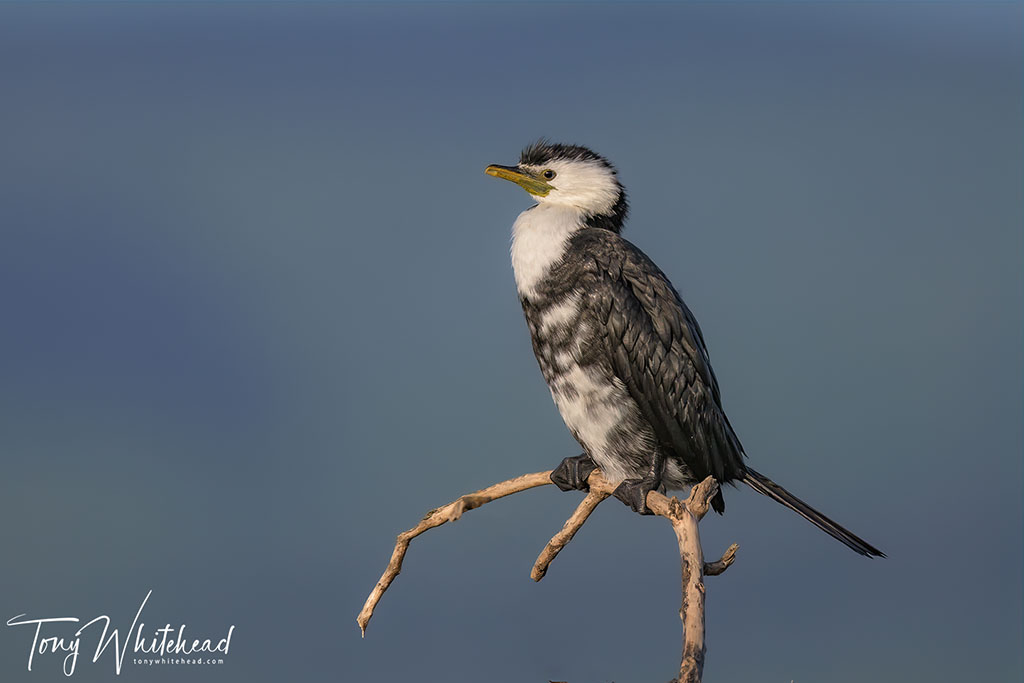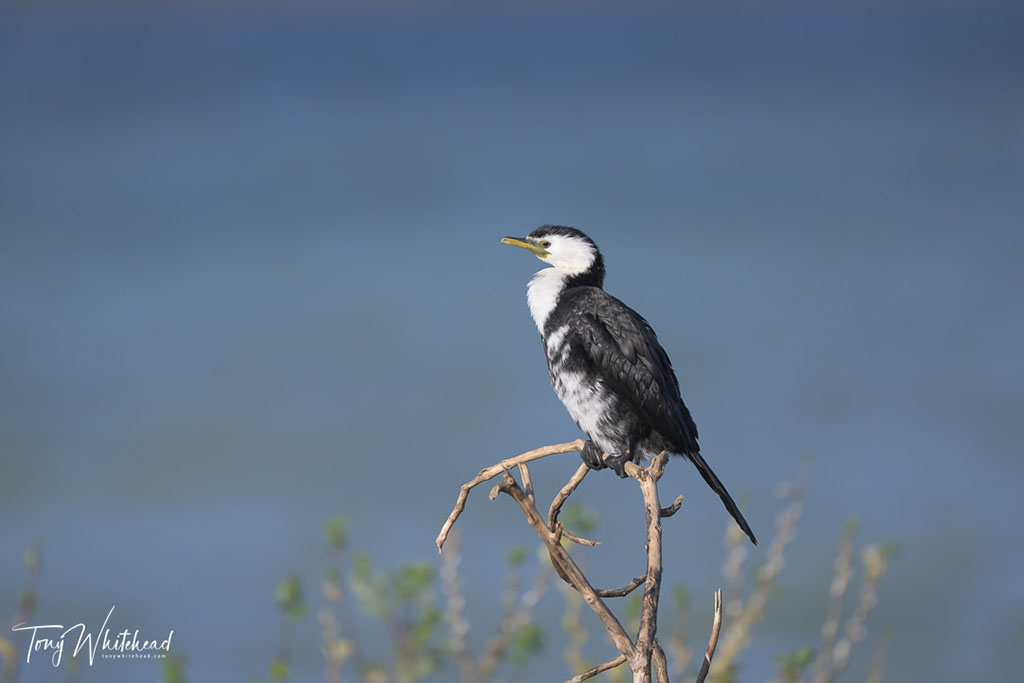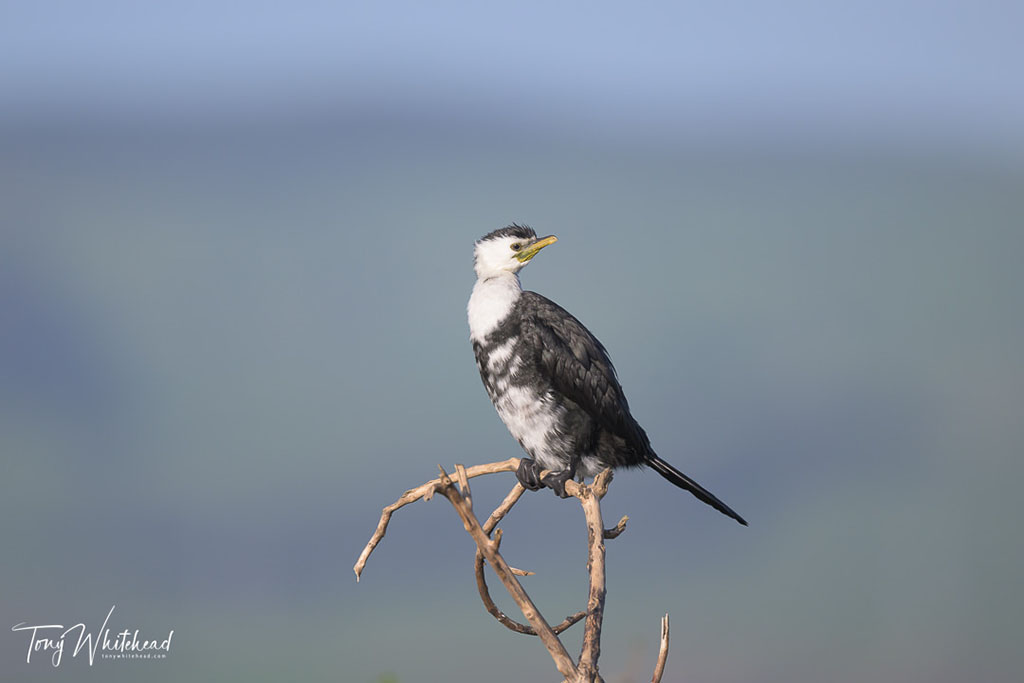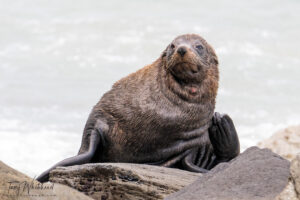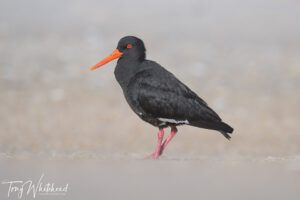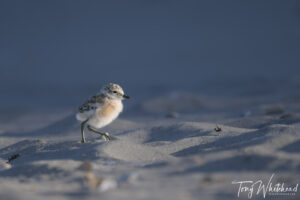There are a number of steps in achieving a decent image.
The first and most obvious is a decent subject and we use research, planning and travel to find those. We then use field craft to approach close enough.
The next issue is light and in wildlife photography we are often in the situation of having to make the best of what we have.
The next step is the background and this is something we can exert a degree of control over and an important step in the evolution of a photographer. Starting out we look for subjects and get excited to get close enough to make a picture and then are disappointed when the image doesn’t match our recollection. Our eyes saw the subject and ignored the distractions while the photo records everything, warts and all. Consciously eliminating distractions at capture is a big step toward a successful image.
To illustrate this I will share a few images I took on a recent brief trip down to the lake. The late afternoon light was quite pleasant and what caught my eye among the chaos of flying gulls and shags was this pretty pied morph Kawaupaka/Little Shag sitting on a perch. First impression – nice subject, nice light, focus, expose. These next images are full frame jpg exported from Lightroom in the flat profile I shoot just to illustrate the background.
The first shot was taken while standing. This was close to eye level with the bird so a nice perspective on the subject with nice blue water behind but a bush in the background makes it messy.
Crouching achieved this next image. The bush drops in the frame and could easily be cropped out in post but trees on the far shore makes a mixed colour background.
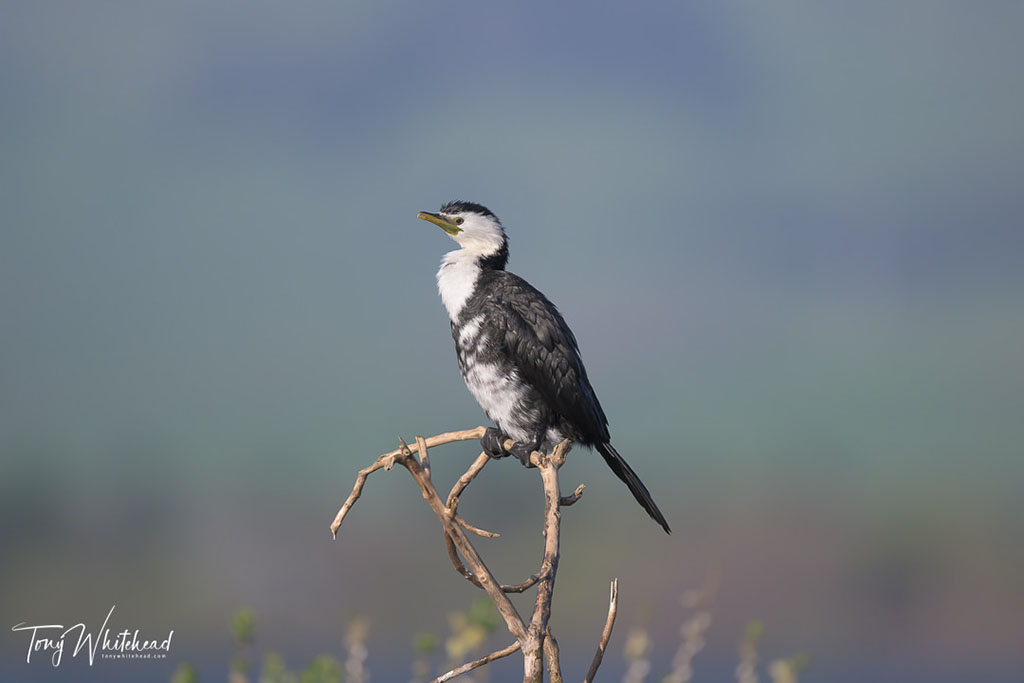
Moving lower still to sit on a rock at the edge of the lake achieves a clean and more uniform colour to the background.
It was an image taken from this position that I chose to spend time on editing. Normally I would not have taken the initial images but did on this occasion to use for this post to illustrate the point of consciously managing the background. I have written before on how one a step can completely change a background.
This brings the next point. It is important to get as much right as possible in camera but working in an uncontrolled environment, there is only so much we can do. The digital darkroom opens up more possibilities for control. I posted recently on digital removal of a penguin flipper band and this time we are going to do a bit of digital perch pruning.
Having got a decent subject in decent light and exposed it appropriately the thing that ruined the image for me was the perch with the straight near part really breaking the flow of lines. Fortunately some quick work with the clone stamp to cut the undesired part into pieces followed by content aware fill left a much simpler cleaner perch that doesn’t distract from the bird.


I have no issue with removing distracting elements from images depending on their intended usage. My preference is to get images that don’t need this type of editing as it is a bit of a chore but can be creatively rewarding. My usual aim is the create images that showcase birds at their best for my personal pleasure but in cases where an image is for documentary or for certain competition use then this type of editing is not acceptable.
Photo with Nikon Z9 and Nikkor Z 800mm f6.3 VR S.
